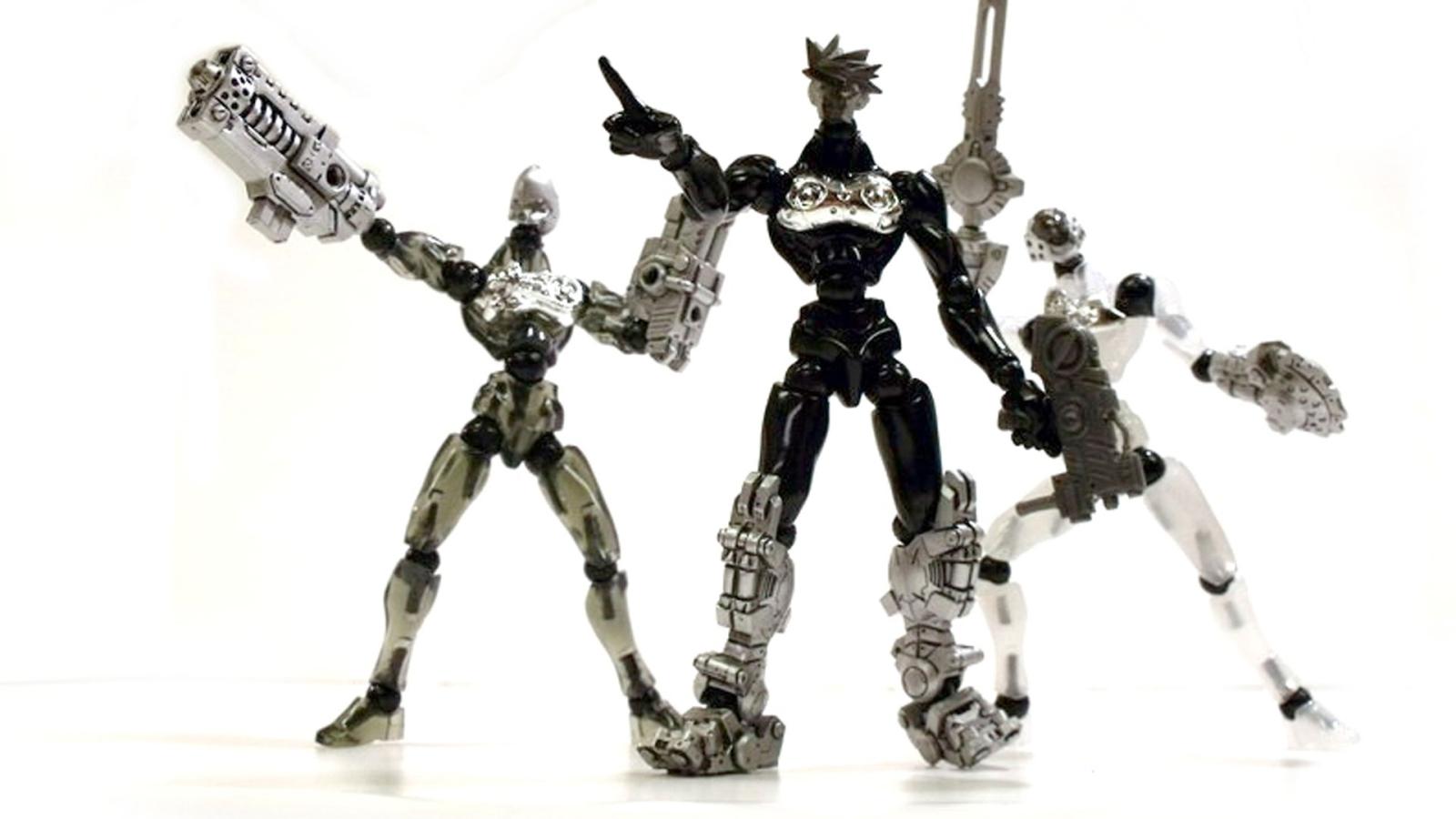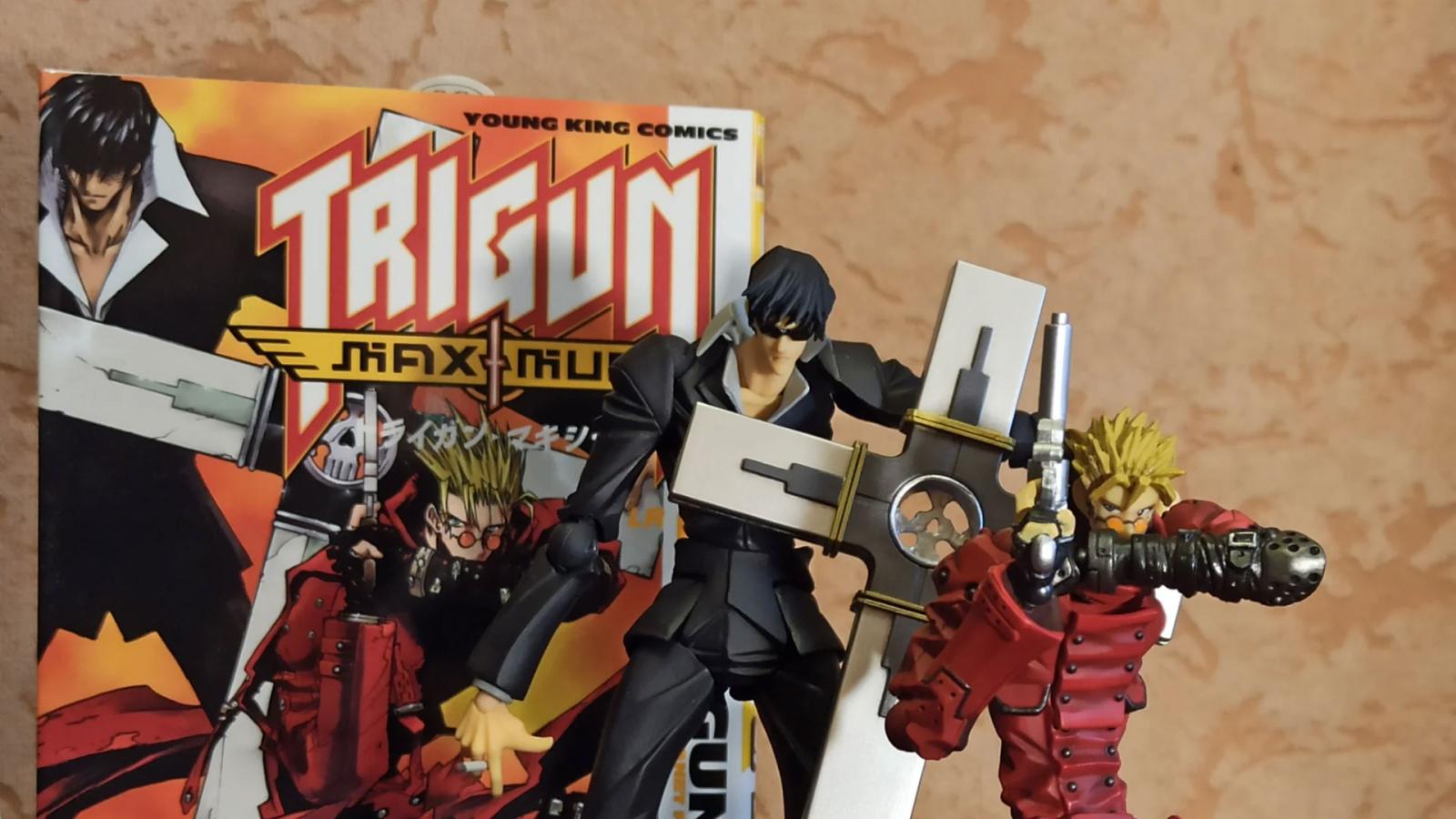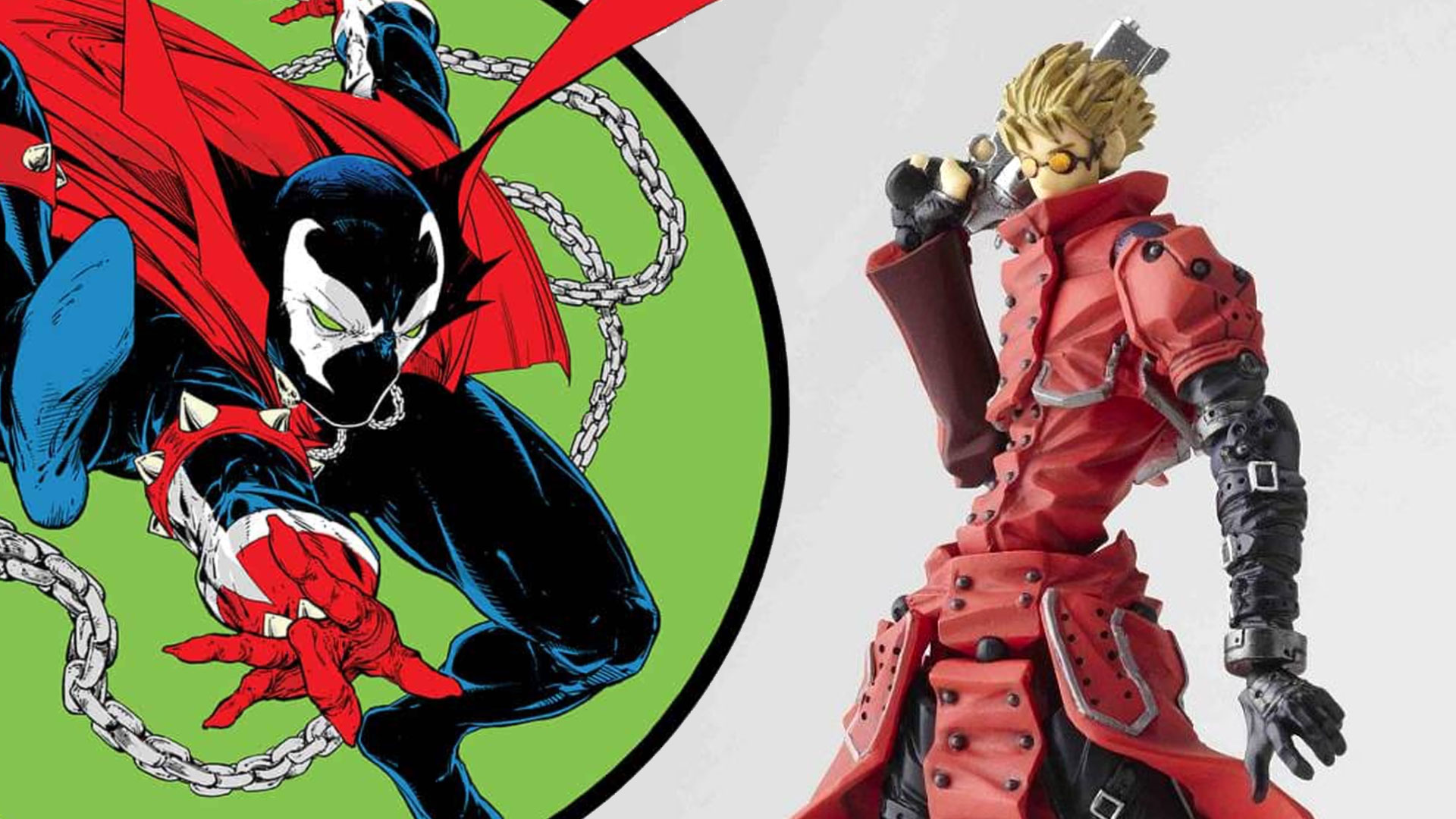Trigun creator is the reason our wallets are crying.
Action figures are one of the most popular types of anime and manga merchandise. There are different types of figurines: some are meticulously sculpted in epic poses, some are tiny and cute and use chibi-versions of characters, and some have intricate movable parts.
And the advance in the quality of figures can be traced to two people on different sides of the ocean: Todd McFarlane in the US and Yasuhiro Nightow in Japan.
From Spider-Man to Spawn: McFarlane's Journey to Toy Royalty
Todd McFarlane is a Canadian comic book author mostly known for his work on Spider-Man and Spawn. Back in the 90s, he was the one who one day thought that comic book creators deserved more creative freedom and, after working for Marvel and DC Comics, formed Image Comics with some other well-known creators. The contracts allowed the authors to fully control their characters — that's how the Spawn was born.
The series became a huge success, and soon McFarlane started looking for a company that would make toys for him and first went to talk to Mattel, the creators of Barbie. But the level of detail in their test runs wasn't enough for him, so he decided to create his own company — McFarlane Toys.

This toy company specialized in creating highly detailed action figures with carefully hidden joints for a relatively low price and gained popularity pretty fast. Soon they started making figurines for other franchises, not even remotely tied to comic books: they made toys for The X-Files, Metal Gear Solid, WWE, Alien Predator, and others. But that was in the 00s.
The Man Who Turned Trigun Into a Cult Phenomenon
In the 90s, however, one person who was also making comic books, but in Japan, became a fan of McFarlane toys — it was Yasuhiro Nightow, the creator of Trigun.
He was very inspired by the American comic book industry and culture in general, and he was the one who tried to bridge the gap between Japan and America with his manga that catered to both audiences — it was Trigun. That move was dangerous: the manga wasn't very popular in Japan but got almost a cult following in the US.

During the release of the manga he talked to McFarlane and asked to produce a figure for Trigun. The joint movement was limited, but the details were insane — and for the production, they contacted the Japanese toy company Kaiyodo.
Then Kaiyodo created their own line of Trigun figures under Nightow's supervision. They had more articulation but still were focused more on the overall style and detailing. They were more like sculpted statues that were cut in various places so they could be posed in different ways — something like "poseable dolls".
The Birth of a Toy Industry Powerhouse
Nightow wasn't fully satisfied by Kaiyodo's creations and also started his own toy company, Toy Tribe. And in collaboration with Kaiyodo, they changed the action figure industry through the invention of the Revolver Joint. This specific joint allowed for a wider range of motion and was at the same time pretty easy to integrate with the design.
Also, this type of joint, which later got the name Revoltech, made the figurines modular: for example, arms from one figurine can be easily attached to the other. This concept gave birth to another line of figures called AssembleBorg.

Most Revoltech-powered figurines were from the mecha franchises, but some time after they went back to Trigun and created pretty badass sculps for Vash and Wolfwood that mixed the style and the articulation wonderfully.
This combination of high-quality sculpt with a high range of motion changed the game in the figure-making industry. Before Revoltech, no one was making figures like that, but the success of their sculpts prompted other companies to up their ante and pay more attention to the folds and other details.
Modern Figma and Figuarts wouldn't have existed if Nightow and Kaiyodo weren't so adamant about making cool things for affordable prices.

Before Revoltech, Japanese toy manufacturers weren't regarded as high-quality ones, or, rather, their high-quality figures were very expensive. It all changed with Nightow and Katsuhisa Yamaguchi, the sculptor who was designing these toys.
Yamaguchi even got his own line of toys that now takes a very special place in the hearts of collectors around the world. And modern Japanese figurines now have a level of detail even in the cheapest ones that would make the manufacturers in the 80s and 90s jealous.

